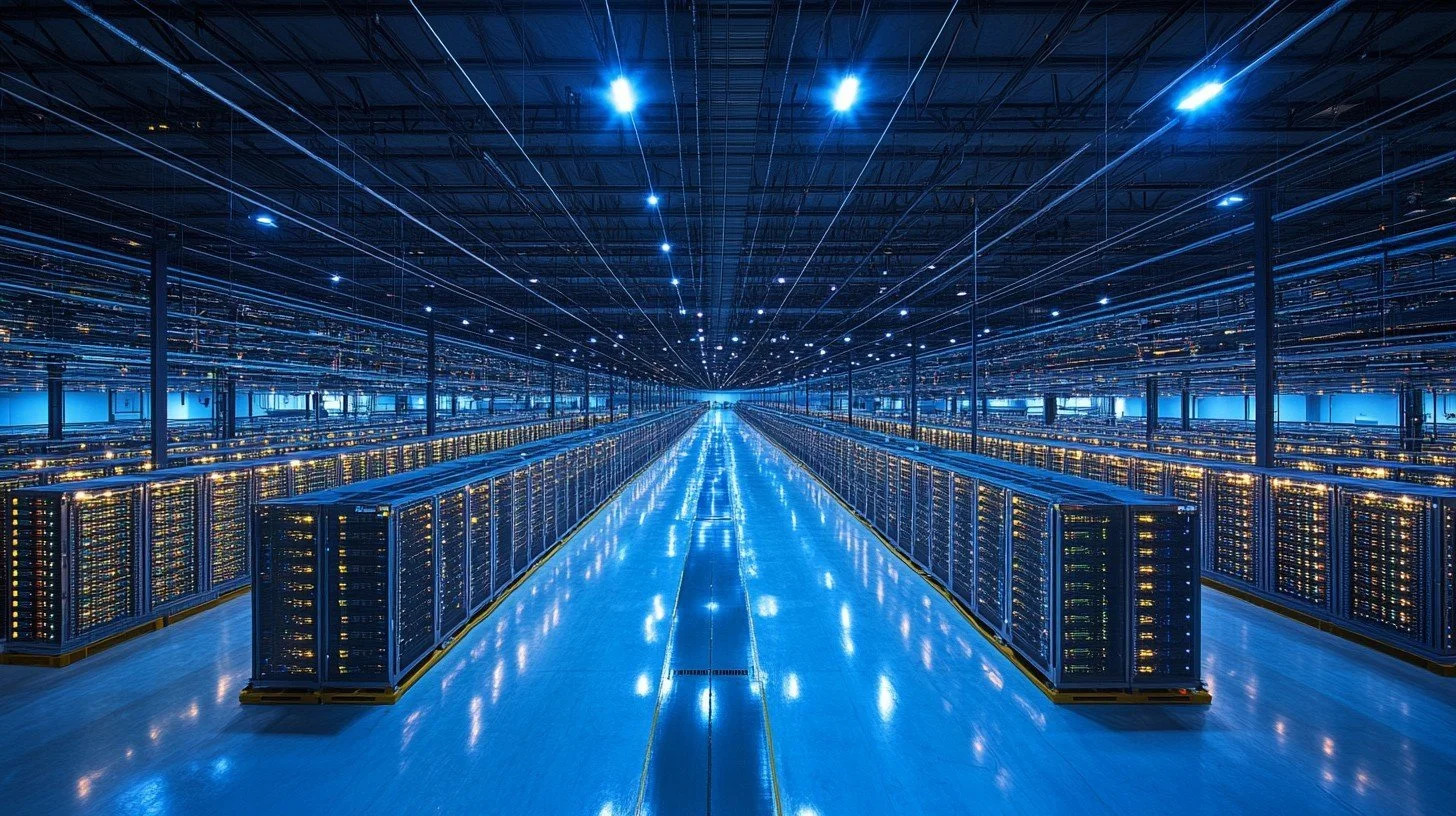Venture Capital is Swinging back to Hardware
Our spidey senses are tingling.
For more than a decade, venture capital revolved around software. We chased SaaS efficiency, product-led growth, and digital scale. It was clean, fast and capital-light. But lately, something feels different.
The energy in the market is shifting away from optimizing code toward building physical stuff. AI has obviously played a central role in this shift, but so has reshoring, fortifying supply chains and repositioning military alliances. The rise of energy infrastructure, datacentres, robotics, space, and defense feels less like a fad and more like the start of something more meaningful.
When a model can write code or design a new product overnight, software stops being scarce. The real constraint moves downstream to the systems that power intelligence (compute, energy, and semiconductors) and the infrastructure to defend it (military, supply chains, and factories). That is where geopolitical attention has been flowing, and venture capital appears to be following.
The numbers suggest something is happening.
Over the last three years, so called deeptech or hardware investment has grown approximately 40% in terms of VC market share globally. AI hardware funding more than doubled from 2023 to 2024 and is up another 45% YTD in 2025. Defense and automation rounds are getting larger with massive new players emerging such as Anduril, Shield AI and Chaos Industries. Space race 2.0 is even in full swing with Stoke Space and Astranis. Enterprise software, meanwhile, has slowed. We’ve seen fewer software Series A graduations and fewer deals overall. The deals that are getting done are larger.
The same seems to be true in Canada’s public technology sector. A GBV-created index of 13 enterprise software companies is down 20% YTD vs. a similar hardware index, which is up 16%.
It may still be early to call it a definitive cycle, but the shift has been palpable. Venture capital itself seems to be stretching, evolving to meet more industrial challenges; harder problems. It’s about time. We want more and better infrastructure, housing and security, not another app.
Beyond the web; are Canadian investors ready for the shift?
If we’re right, Canadian venture investors are going to need to step-up their game because the predictable, tried-and-true venture playbook we’re used to is changing…fast.
Beloved cost of acquisition metrics and MRR growth trends don’t work in deep tech. Datacenters, chip manufacturing, and robotics require deep design work and long timelines. They do not fit neatly into the software-era playbook of lean teams and quick iterations. Importantly, they also require more risk and more capital, neither of which Canadian institutional investors tend to embrace (that’s us being nice).
Even in the software arena, AI requires a new approach. AI SaaS does not behave like traditional SaaS. Compute costs chew through 20–30% of gross margins and true differentiation requires more upfront investment in both time and money. These AI SaaS companies end up with hardware-like economics!
We can’t be left behind.
The United States and Asia appear to be leaning into this new phase, while Canada still feels anchored in software and services. In the first half of 2025, Canadian venture reached 2.9 billion dollars across 254 deals, but half of that came from only eight transactions. The two largest financings were secondary sales, not new frontier bets.
This is not about talent. Canada has world-class AI researchers and a wealth of engineering talent across disciplines. The gap lies in how capital is being deployed. Our funds and institutions are still tuned to the economics of software, not to the capital-heavy realities of chips, datacenters, or advanced manufacturing.
Taking risk is no longer optional. Given the current geopolitical environment, Canada cannot expect to have critical technology handed to it from the United States or anyone else. The world is reorganizing around self-sufficiency in energy, defense, and compute. If we continue to rely on others to build the backbone of the technologies we use, we risk losing both influence and opportunity.
We can feel something changing. The world seems to be building again, even if we cannot yet say how far it will go. From factories to compute clusters, from robotics to defense, this might be the start of a new kind of progress. The question for Canada is whether we choose to build or keep waiting for the next wave to arrive from somewhere else.
We need to think bolder before it’s too late.


